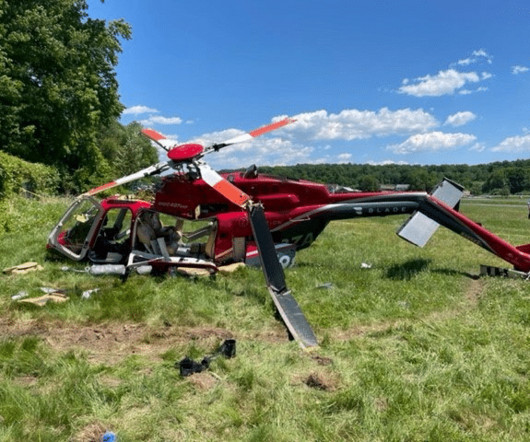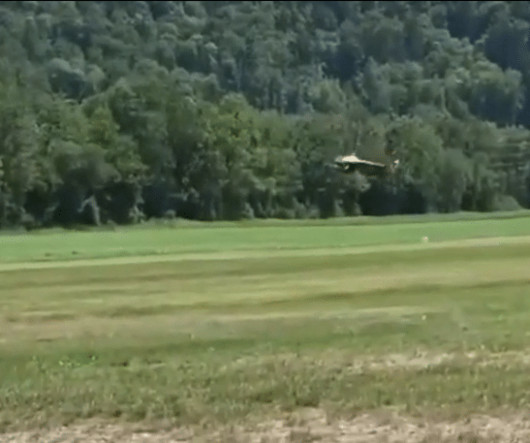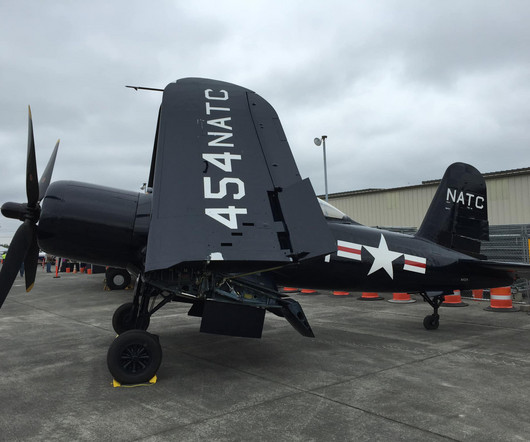Unbolted in Fairfield (Update on the 2022 Bell 407 GXP Crash)
Fear of Landing
APRIL 19, 2024
The operator confirmed that the tail rotor had been installed the day before the accident. A mechanic had found a worn feathering bearing in the tail rotor hub and blade assembly. Then he followed the installation procedure, including the mast nut torque application. He asked a mechanic to come and verify the mast nut torque.

















Let's personalize your content